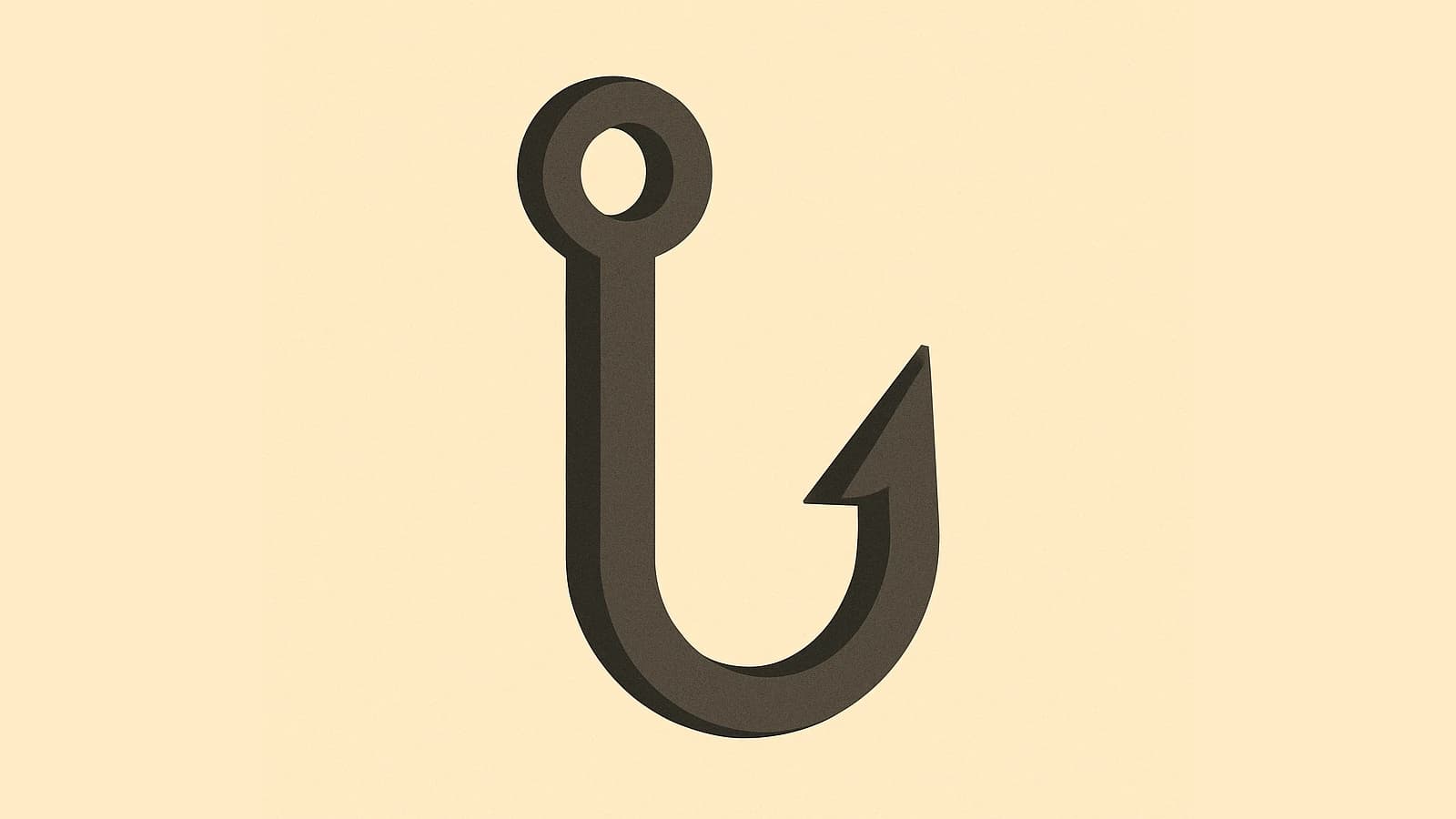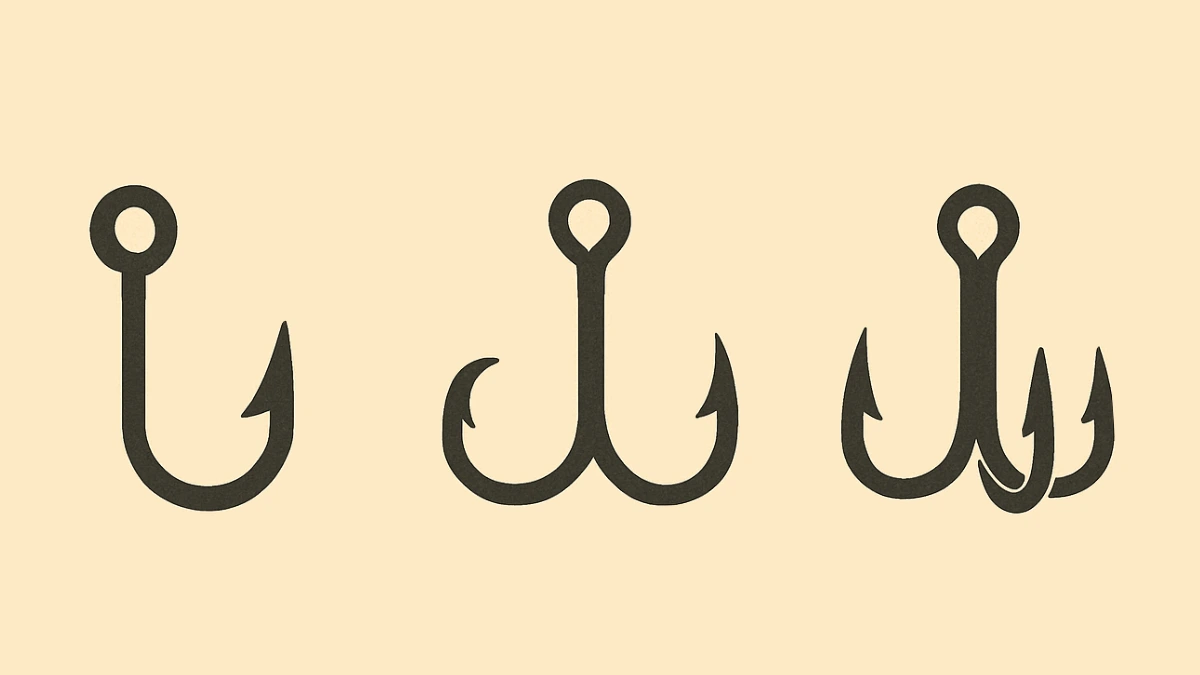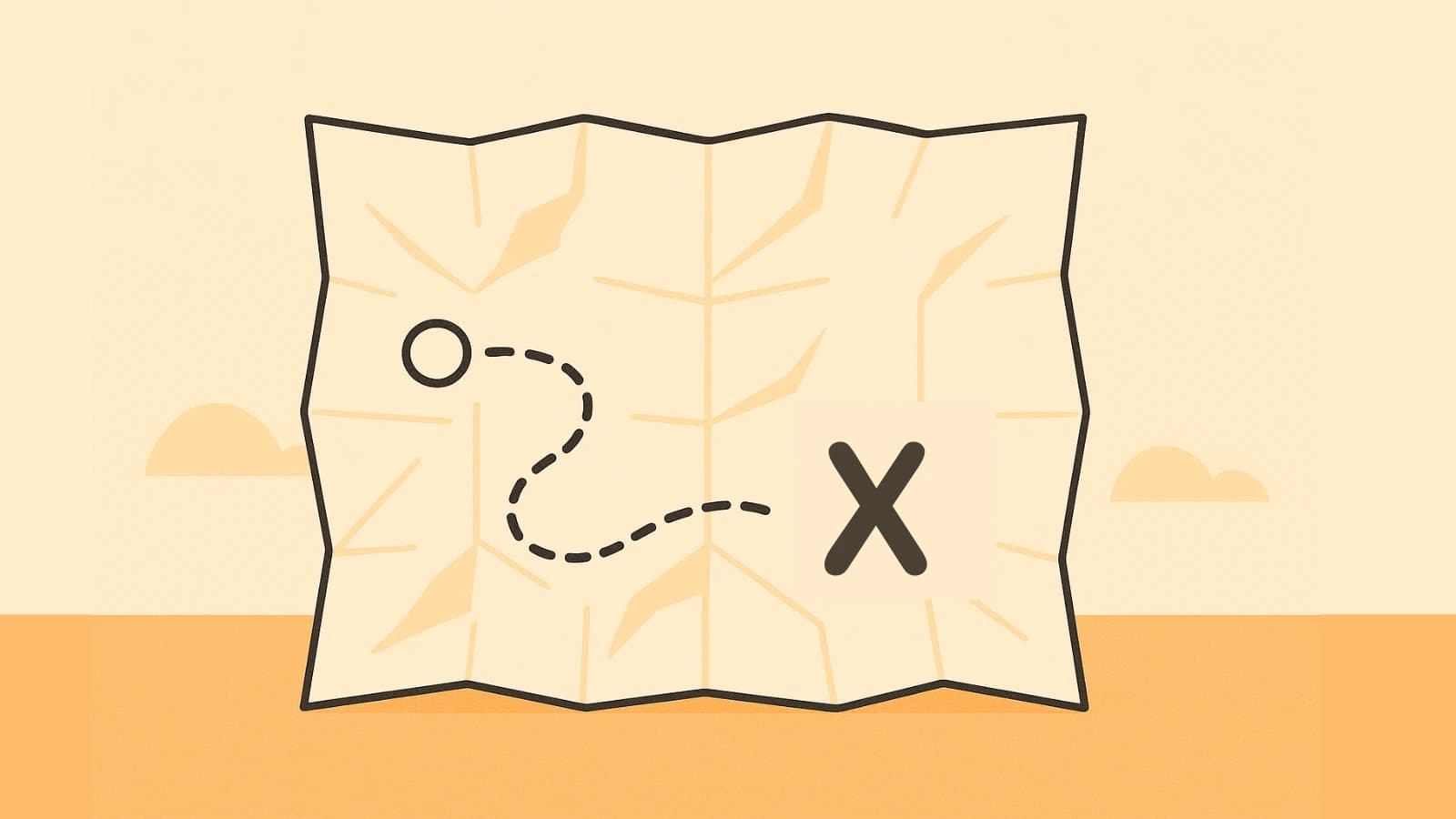How to Write a Great Opening Hook

Readers decide in seconds whether they'll purchase your book. One dull line and they'll return it back on the shelf. In a world of infinite choices and shrinking attention spans, a strong narrative hook is more important than ever. Its job is to make a promise and create intrigue in as few words as possible, convincing the reader that your story is worth their time.
In this article, we'll discover what makes a great opening hook, how to write one, and red flags to avoid. Let's dive in.
What Makes a Strong Opening Hook
A compelling opening goes beyond a clever first line; it sets the foundation for the entire narrative. It needs to accomplish several things quickly and efficiently.
The Core Elements
- Immediate Engagement: A strong hook drops the reader directly into a moment of interest or tension. It bypasses slow introductions or exposition and gets straight to something that matters.
- Questions Raised: Effective openings make readers curious. By presenting a puzzle, a strange situation, or an unanswered question, you naturally compel the reader to seek answers within your pages.
- Voice Established: The first few paragraphs should give a distinct taste of the narrative tone. Whether it's witty, somber, cynical, or naive, the voice is a crucial part of the reader's connection to the story.
- Stakes Suggested: Even a subtle hint that something important is on the line can be enough to secure a reader's investment. This signals that the events of the story have consequences.
What a Hook Is Not
- Not Necessarily Action: While starting in media res can be effective, a hook doesn't require a car chase or a fight scene. Emotional turmoil or a profound statement can be just as gripping.
- Not a Gimmick: A cheap trick or a misleading promise that doesn't align with the rest of the novel will leave readers feeling cheated. The hook must be an honest representation of the story to come.
- Not Unrelated to Your Story: The opening should be integral to the plot or character arc. A shocking but irrelevant event is just noise.

Types of Opening Hooks
There are many ways to begin a story. The best approach depends on your genre, voice, and the core conflict of your novel.
1. The Intriguing Statement
This type of hook opens with a line that is so unusual or thought-provoking it demands an explanation. It challenges a reader's assumptions and makes them question the context.
- Example: "It was a pleasure to burn." — Ray Bradbury, Fahrenheit 451
- Analysis: This opening is immediately jarring. Burning is associated with destruction and pain, not pleasure. The reader is instantly forced to ask: Who is this person, and why do they enjoy burning things? It establishes a world where values are inverted. This approach works best when the statement is central to the novel's main theme.
2. In Media Res (In the Middle of the Action)
Dropping the reader into an ongoing scene creates immediate momentum. The key is to balance the immediacy of the action with enough clarity so the reader isn’t completely lost. You want them to feel intrigued, not confused.
3. The Compelling Voice
Sometimes, the character's voice is so distinct and engaging that it pulls the reader in from the first word. The plot almost doesn’t matter initially; the reader just wants to spend more time with this narrator.
- Example: "If you really want to hear about it, the first thing you'll probably want to know is where I was born, and what my lousy childhood was like..." — J.D. Salinger, The Catcher in the Rye
- Analysis: Holden Caulfield's cynical, conversational, and slightly world-weary voice is established in this single sentence. He speaks directly to the reader, creating an instant, intimate connection. The hook isn't the plot; it's the personality.
4. The Mysterious Image
This hook presents a vivid and often puzzling image or scene that sticks in the reader's mind. It creates atmosphere and raises questions that aren't immediately answered.
- Example: "The snow in the mountains was melting and Bunny had been dead for several weeks before we came to understand the gravity of our situation." — Donna Tartt, The Secret History
- Analysis: This opening provides a wealth of information—a death, a timeline, and a group of people ("we") who are slow to grasp the seriousness of their circumstances. It's both a confession and a mystery, creating a sense of foreboding and intrigue.
5. The Promise of Conflict
This approach establishes tension, opposition, or dread from the very first line. It makes it clear that the characters are in or are heading toward a difficult situation.
- Example: The opening of The Hunger Games immediately establishes the grim reality of reaping day, creating a sense of dread and high stakes.
- When to use this: This is effective in thrillers, dystopian fiction, and any story where the central conflict is the primary engine of the plot.
Common Opening Hook Mistakes
Even with a great idea, it's easy to stumble in the opening pages. Awareness of these common pitfalls can help you avoid them.
The Info Dump Opening
One of the most frequent mistakes for new writers is front-loading the story with excessive backstory, worldbuilding, or character descriptions. This kills momentum. It treats the reader like a student who needs to study before the story can begin. Instead of explaining everything at once, weave context in gradually as it becomes relevant to the action.
If you would like to learn more about how to weave information naturally into your prose, here's an article we wrote to help.
Prologues
This one is related to info dumping, and more controversial. While many successful novels start with prologues, the practice has fallen out of style in recent years. The thinking goes that instead of starting (usually) from another perspective and then immediately switching, you should be able to skillfully weave that backstory into your novel without jarring the reader at the start. Again, not to say that's right or wrong, but fewer and fewer books are starting with prologues.
The False Promise
Your opening must be an honest preview of the book. Don't start with a high-action thriller sequence if the rest of your novel is a quiet, contemplative character study. A bait-and-switch hook betrays reader trust and leads to disappointment. The tone and style of your opening should be consistent with the chapters that follow.
The Overly Clever Opening
Straining for a profound or "literary" opening can often backfire, resulting in prose that is dense, confusing, or pretentious. Clarity should almost always be the primary goal. An opening that is clear and intriguing is far more effective than one that is confusingly clever.
Starting Too Early
Many first drafts begin before the story truly starts. The classic example is the "character waking up" opening. Many new writers start here because during their first draft, it's an effective way to understand their character's daily life. You're getting to know your characters, so it's natural to start with a day in the life. But readers won't be as patient, and while it's a great writing exercise, it's not a great reading experience.
Unless the act of waking up is unusual or directly tied to the inciting incident, it's likely a slow start. Find the moment where the character's ordinary world is about to change, and begin there.
Conclusion
Your opening hook is one of the most important parts of your novel, but it doesn’t have to be perfect in the first draft. Many authors rewrite their openings extensively after they’ve finished the manuscript and have a deeper understanding of the story’s themes and character arcs. After you've written your draft, using a tool like Inkshift can provide a detailed manuscript critique, helping you see your opening through a fresh pair of eyes and identify what’s working and what isn’t. We've also written extensively about how to get feedback on your novel from multiple sources, so if you need a refresher, here's our guide to writing feedback
The best opening hooks create immediate curiosity, establish a distinctive voice, and make an honest promise about the story to come. Whether you choose an intriguing statement, a compelling voice, or a mysterious image, your hook should feel authentically connected to the narrative that follows. Readers aren't looking for perfection in your first line; they're looking for a reason to trust you with their time. Give them a question they need answered, a voice they want to follow, or an image they can't forget, and they will gladly turn the page.

